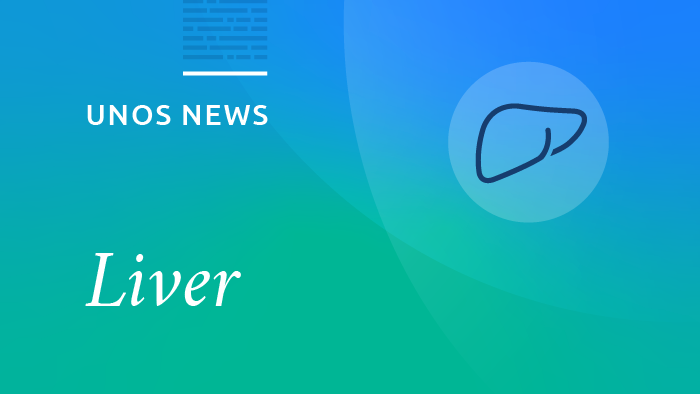As directed by the OPTN/UNOS Board of Directors, the Liver and Intestinal Organ Transplantation Committee continues to study ways to better ensure fair transplant access for liver candidates nationwide. Each step of the process has yielded valuable insights, from the 694 responses we received to the concept document questionnaire to the feedback received at the public forum held last September.
Following the September forum, the committee established three ad hoc subcommittees to further refine the metrics of access and disparity as well as ways to optimize distribution, to identify financial implications of alternative sharing methods, and to address transportation and logistical issues associated with broader sharing.
The issue of increasing liver donation and utilization was also identified as a key goal. The committee has revived and repurposed an earlier subcommittee to address this topic in a parallel effort to redesigning liver distribution, to identify issues that may apply broadly to overall system improvement.
These groups began meeting by conference call in November 2014 and will continue to meet through April 2015. During this time they will develop consensus-based recommendations as they relate to the Liver Committee’s specific quest to reduce geographic variation in severity of illness at transplant.
Each subcommittee has been briefed on previous committee considerations, analyses and decisions, as well as information gathered in the development of the concept document and feedback from the public forum. Below are updates on current discussion topics within the subcommittees.
The Ad Hoc Subcommittee on Metrics of Disparity and Optimization of Distribution was tasked with reexamining and further defining the parameters that should be employed in a patient based distribution system. They began by asking questions such as: “Is median MELD at transplant really the right metric of disparity? Is there another metric of disparity that should be incorporated or considered alternatively?” After extensive conversation, the members of the Subcommittee have agreed to consider incorporating additional metrics such as:
- Demand to supply ratio by DSA and region
- Waitlist mortality by DSA and region
- Transplant rate by DSA and region
The subcommittee is currently considering a model that would employ districts with overlaid “proximity circles” around the donor hospital. Waitlisted candidates that fall within these proximity circles would be assigned additional MELD points for prioritization. The idea is that the total number of livers “crossing in the air” may be fewer, with an associated reduction in transportation cost.
The Ad Hoc Subcommittee on Logistics and Transportation was tasked to identify “tools and rules” necessary to increase efficiency and facilitate broader sharing. It has identified several common logistical and transportation issues that arose after the implementation of Share 35, as well as different solutions implemented by various OPOs and centers. Although these recommendations may not lend themselves to being incorporated into policy, our committee believes that this conversation is an important first step in building stronger relationships and sharing best practices found within the community.
The Ad Hoc Subcommittee on Finances of Broader Sharing was tasked to identify the intricate factors associated with the cost of sharing non-local liver offers. Both in the concept paper questionnaire responses and at the public forum, members of the community expressed concern that while the overall economic impact of redistricting seemed positive, the analysis performed did not incorporate costs specific to the OPOs and transplant hospitals. The subcommittee is currently developing a survey for circulation to OPO and hospital administrators to gather data on these costs so that a more through economic analysis can be performed.
The Ad Hoc Subcommittee on Increasing Liver Donation and Utilization has been tasked to explore relationships between transplant hospitals, OPOs and others in the transplant community to maximize the number of livers donated and utilized for transplantation. The subcommittee has revisited the efforts of the previous Liver Utilization Subcommittee, including potential enhancements to the DonorNet® system and a donor profile for expedited placement that had been developed but not implemented. The subcommittee leadership plans to present these concepts to the full committee for project consideration during their next scheduled call.
Although no date or location has yet been established for a second forum in Spring 2015, the committee is confident in the progress being made by the ad hoc subcommittees. We will provide more detailed information about a forum date and location as soon as possible.
As always, the committee welcomes your continued interest and participation. Please contact us at any time via e-mail at [email protected].

